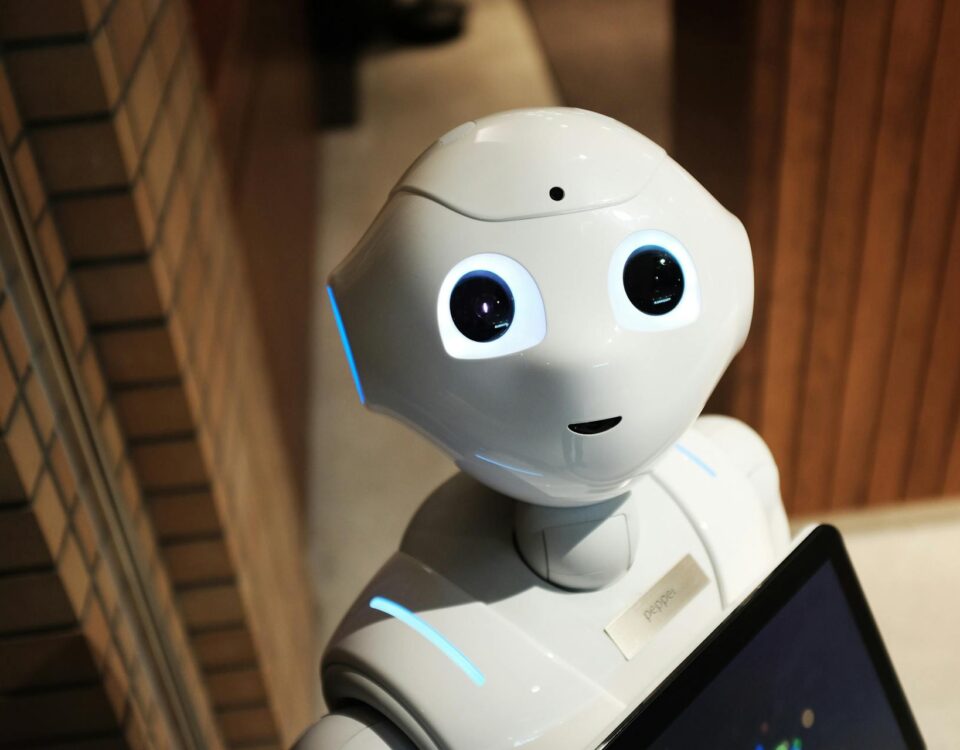
Blogging as a marketing tool: key strategies
02.06.2025
Brand archetypes: how to create a promotional strategy
16.06.2025How AI agents improve workflows and increase business efficiency
AI agents are innovative software that can perform tasks without human intervention. Such systems analyse each specific situation and make decisions on their own based on the data obtained.
Traditional artificial intelligence models perform actions based solely on human recommendations. Autonomous agents adapt to specific conditions, allowing them to respond quickly to changes. They also mimic the human decision-making process. This way, systems can work autonomously to achieve specific goals.
Types of AI agents
There are several types of AI agents:
- Virtual assistants (Siri, Alexa and Google Assistant). They take over the management of the smart home system, help with planning and perform everyday tasks.
- Chatbots. Provide 24/7 customer support, process requests, and perform tasks with minimal human supervision.
- Algorithmic trading. Agents perform financial transactions. They analyse market trends, process data and help carry out trading processes.
- AI-based systems. Track financial transactions to detect fraud.

Autonomous agents are ideal for SMEs. They automate processes and perform routine tasks, freeing up resources for more important activities. Their main advantage is the ability to provide round-the-clock customer service. Users can query the system at any time and receive a quick response. This can significantly improve brand reputation.
Automation with the help of AI agents makes it possible for representatives of small and medium-sized companies to significantly reduce personnel costs. It also helps to increase customer loyalty by providing a high level of service.
However, AI technologies are not without limitations. Programmes may not be able to deal with complex enquiries, they may not be able to show emotion and empathy. These nuances should be taken into account when choosing the direction of agents’ work. As a result, these solutions are most effective in areas where task completion does not require emotional interaction.
Assistive agents
Assistive agents are AI systems that are designed to help humans perform certain tasks. Unlike autonomous agents, which work independently, assistive agents are used in combination with human intervention. They are based on natural language processing (NLP) and machine learning technologies. As a result, they can recognise the user’s needs and offer options to improve activities.
Customer service chatbots are examples of assistive agents. They provide users with answers to frequently asked questions, facilitating faster purchase decisions. In addition, such systems collect and analyse consumer data to better understand audience behaviour.
Another example of supporting systems is the Trello or Asana platforms. They improve and optimise the system of prioritising work tasks.




